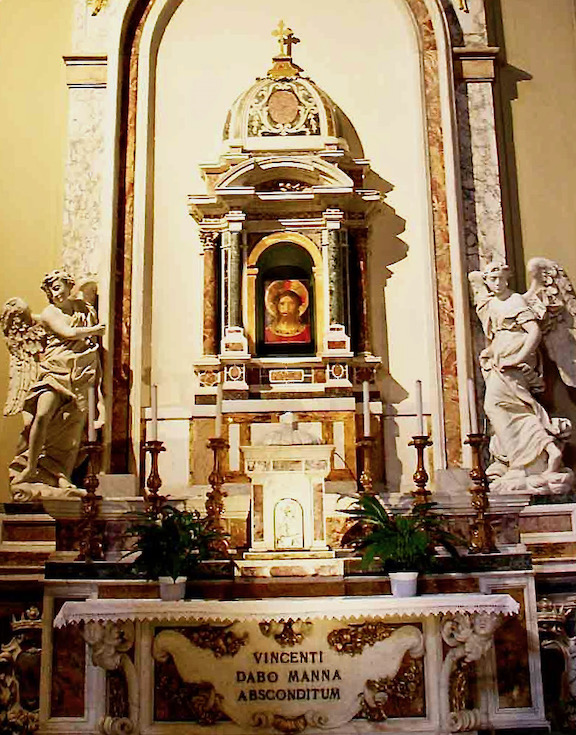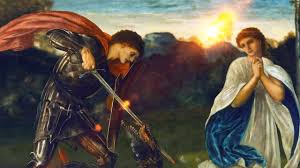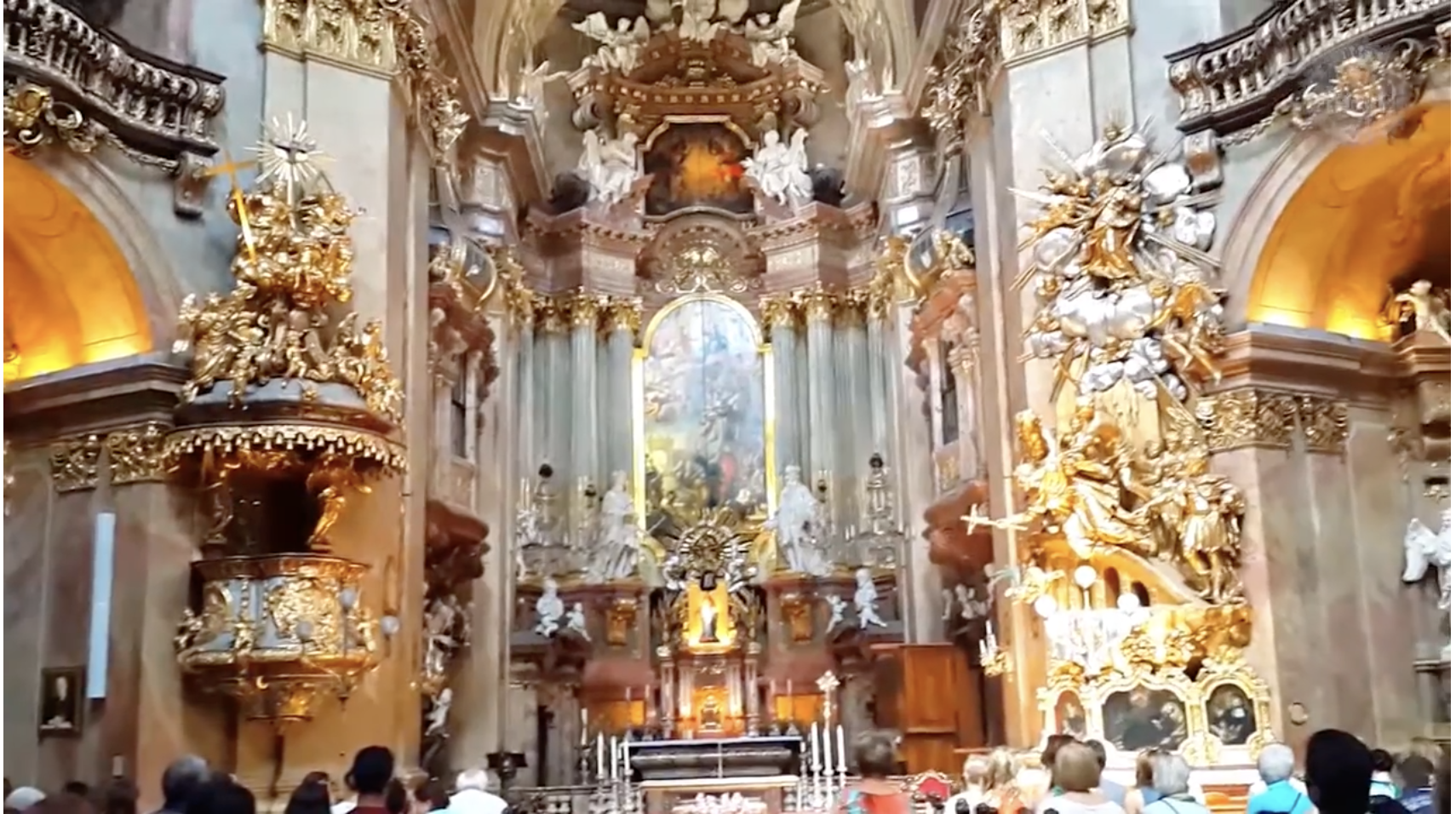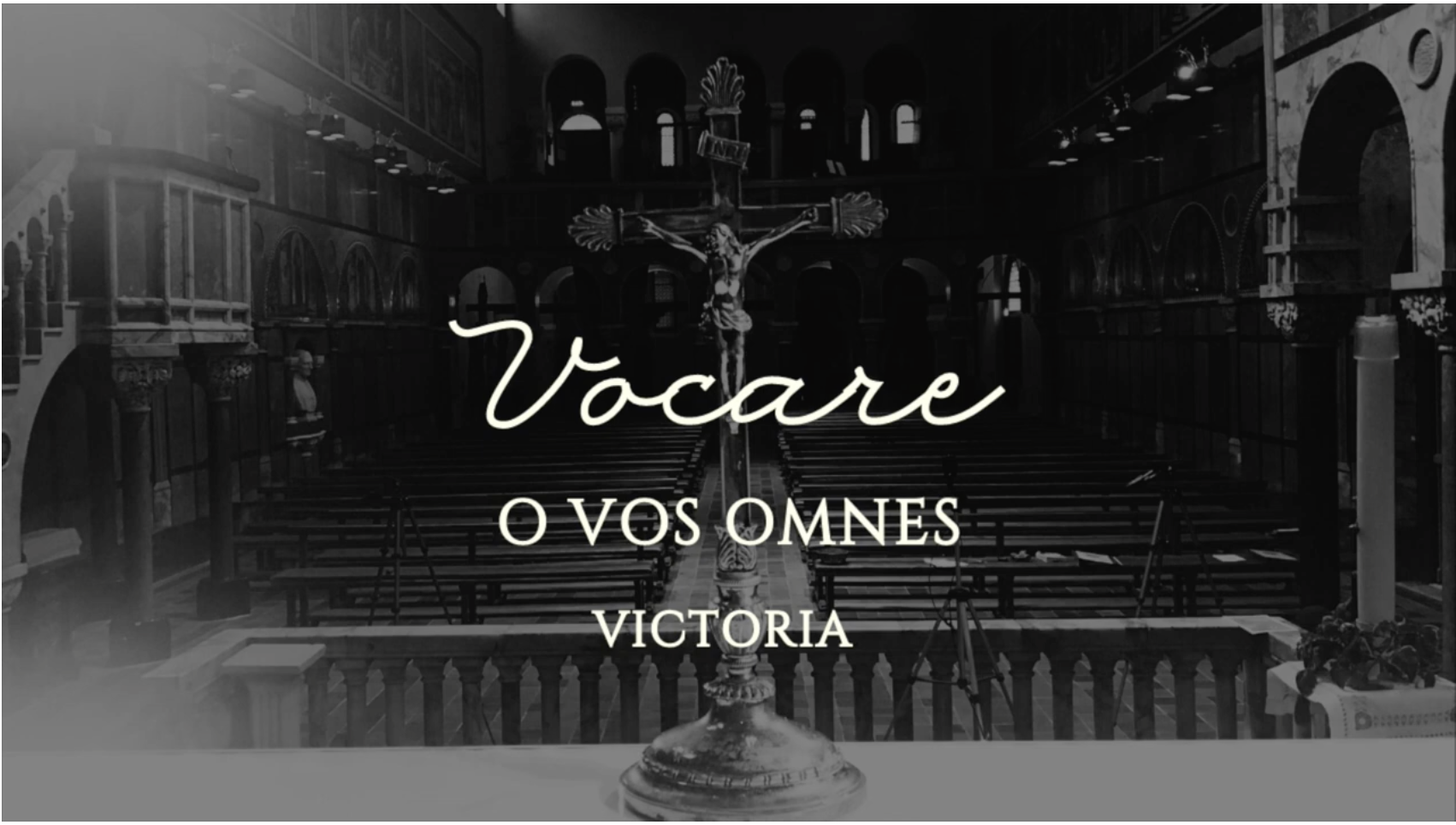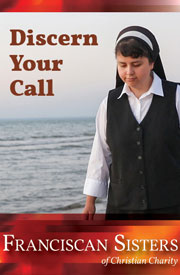If, as I am, you’re a true art lover, you may come to suppose you’ve seen much of the world’s great art in museum and gallery visits, or in books (Gardener’s Art through the Ages), or online (Google Arts & Culture), or watching Kenneth Clark’s “Civilization” or Sister Wendy Beckett’s “Odyssey” or “Grand Tour.” Those TV series are wonderfully vivid explorations of Western art. (Both Lord Clark and Sr. Wendy were Oxonians, though separated by two decades, and her thesis advisor – not the English term – was J.R.R. Tolkien. She took first-class honours; Clark got second-class. Obviously, he kept learning, even entering the Catholic Church late in life.)
Anyway, no matter how much you think you know, you still come upon paintings you’ve missed. How could you not? No one knows how many works of art have been created in disparate cultures over thousands of years. I don’t know if anybody even knows how many exist today, although the MET in New York City has two million works of art in its collection, the Hermitage in St. Petersburg has three million, and, in both cases, most of it’s in storage!
Still, it seemed remarkable to me to have found a picture I’d never seen before by an artist whose work I love, have studied, and have written about: Blessed Fra Angelico’s “Christ Crowned with Thorns.”
Part of the reason I’d not seen it is its location: the Duomo di Livorno (formally La Cattedrale di San Francesco) where it’s housed in the Chapel of the Blessed Sacrament. I haven’t been to Italy in decades, and never to Livorno. The painting used to be on display at Livorno’s Museo Civico, and it was from there that it was sent to the United States to become part of an international retrospective on Fra Angelico at the MET in New York, held between October 26, 2005 and January 29, 2006.
“But, Brad,” you may be thinking, “the MET is like your second home. How’d you miss it?” Umm, I was busy, I guess. Or was I? The more I look at this extraordinary image, the more I think I may have suppressed the memory of seeing it at that exhibition. It’s that arresting. . .almost scary. Am I suffering from PTSD?
Immediately after that MET show (and to mark the bicentennial of the Diocese of Livorno), the painting went to back to Italy to reside permanently at the Duomo.
“Christ Crowned with Thorns” was probably painted by Fra Angelico (c. 1395-1455) in the 1430s. There is speculation by some art historians that Angelico based his painting on the now-lost “Vera Icon” by Jan van Eyck (c. 1390-1441), one of the first full-face portraits of Jesus. Several versions of the icon were made in van Eyck’s workshop. And – if one of the copies or the original made it to Rome – it’s possible Angelico may have seen it there in the Vatican quarters of Pope Eugenius IV for whom he did some work in 1445.
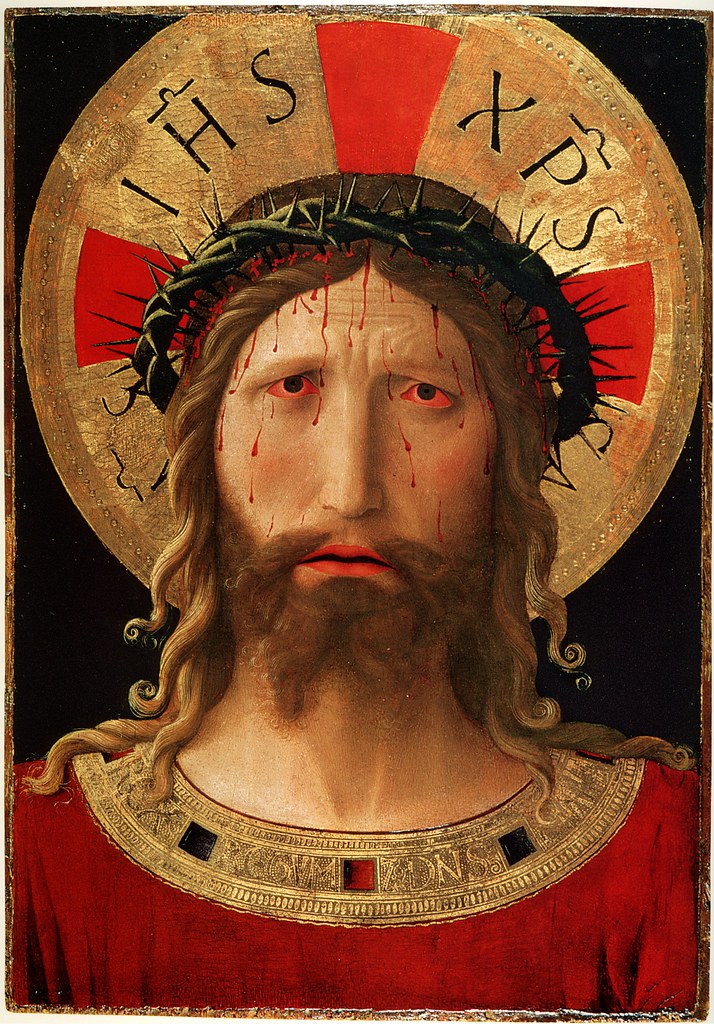
Art historian Roberto Longhi (1890-1970) was the one who identified Fra Angelico as the painter of “Christ Crowned with Thorns,” which earlier had been attributed to Giotto or to his workshop. No one now questions Longhi’s opinion about authorship, but there remains debate about his dating of the work, which Longhi put at c. 1430-35. As the MET’s catalog of the Fra Angelico exhibition explains, Longhi thought Angelico had based his work on numerous and popular “holy face” or “Veronica’s veil” images. Other scholars accept the dating, but dispute where the work was painted. Others, as I say, stubbornly insist Angelico more or less copied the “Vera Icon,” although, the copies of that work that survive make it seem unlikely. To me anyway.
There are similarities between “Christ Crowned with Thorns” and van Eyck’s and other “Netherlandish” paintings of the period. For instance, Angelico’s inclusion of the Latin inscriptions in the nimbus and robe, which – as far as I know – Fra Angelico had never employed before or after in his work. The words are from Revelation 19:16: “On his robe. . .he has a name inscribed, ‘King of kings and Lord of lords.’”
All this makes for a less-than-exciting debate, in my opinion, and anyway reminds me of Lewis Carroll’s Caterpillar, who has recited to Alice a familiar poem differently than she remembers it. “I know,” he says. “I have improved it.” Whatever artwork, if any, Fra Angelico may have seen and been inspired by, he improved it.
I saw my eye doctor the other day and forgot to show him the painting, which I thought might astonish him – maybe even prompt an ophthalmological reflection on conditions that cause eye redness. He’s Catholic, so I thought we might even say a Hail Mary together.
But as the MET’s catalog (written by Laurence Kanter and Pia Palladino) mentions, St. Bridget of Sweden (1303-1373, so an earlier near contemporary of Fra Angelico) had a vision in which our Lady told her of Christ’s suffering on the Cross: “[M]y son’s eyes were filled with blood that flowed down.” And there’s good reason to believe Angelico knew of Bridget’s Revelations, a very popular book in its time.
Some, I know, will find this image hard to look at, much as I suspect many found it hard to watch Mel Gibson’s The Passion of the Christ. But I can think of no other painting that so superbly captures Christ’s suffering for us, as well as His dignity, His nobility, and His beauty.
Remember that this great artist was a Dominican friar. Remember that he was so saintly that he was called, by his contemporaries, the Angelic brother, and remember too that he was beatified by St. John Paul II in 1982. I suspect that when he painted “Christ Crowned with Thorns,” he was having a revelation of his own.
_____
For more about Fra Angelico, read James Patrick Reid’s Theology in Paint.
In situ at the Duomo:
